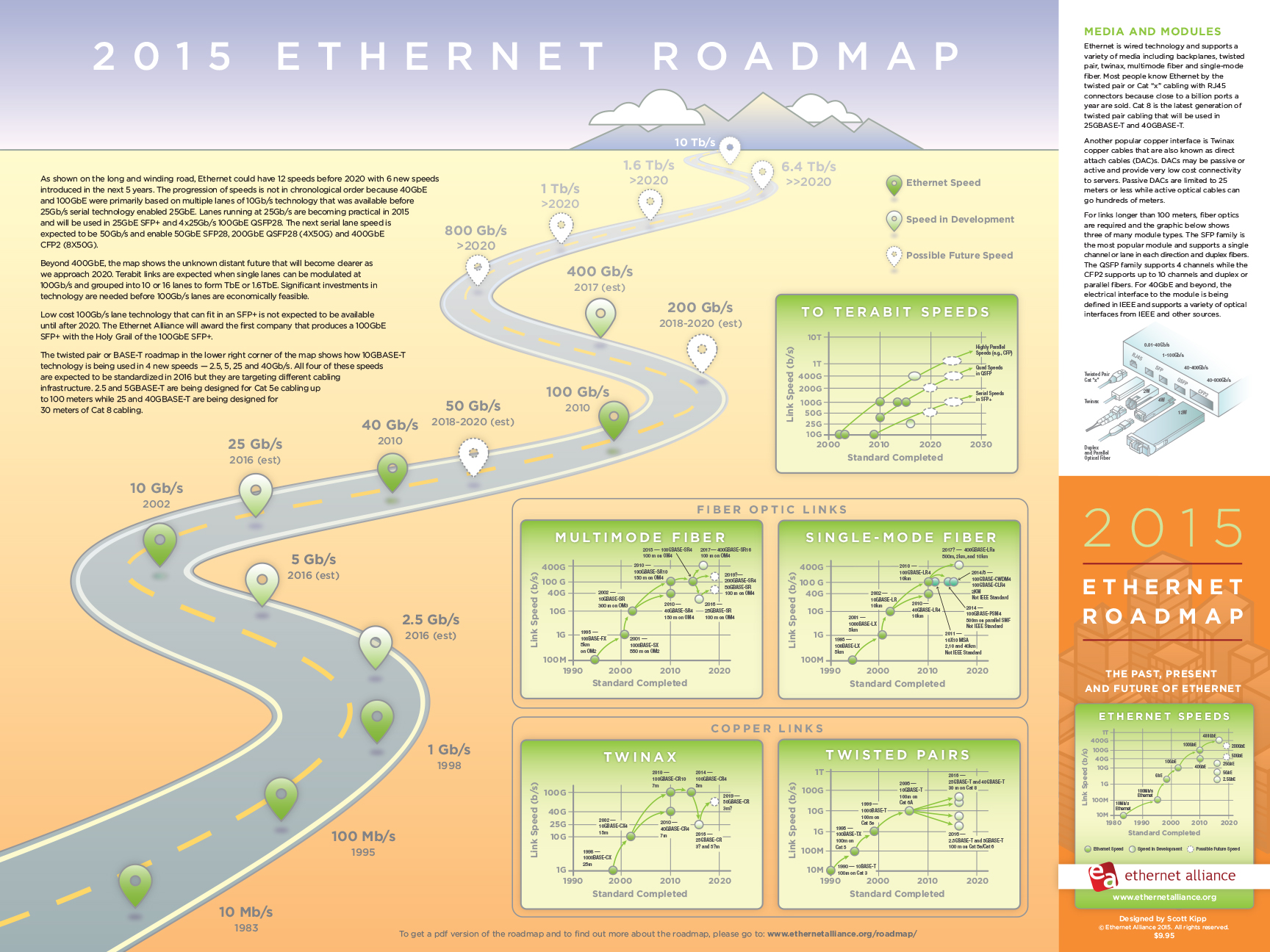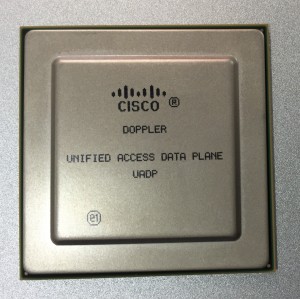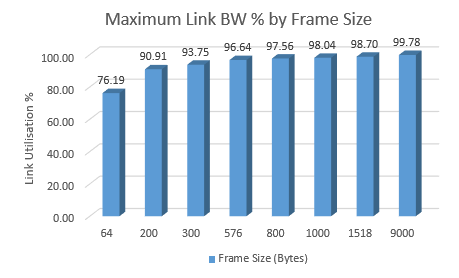Strain relief
I’ve got a problem with sagging cables, and I’ve got a simple solution. Examine the side-by-side images below which show the same fiber connection between a switch and a firewall. The image on the left shows a sagging cable which crosses in front of the switch in the rack unit just below it. As you may know, this cabling install is a violation of the 167th rule of networking: Thou shalt contain your cables to your own rack unit and shalt not, under any circumstances,…




